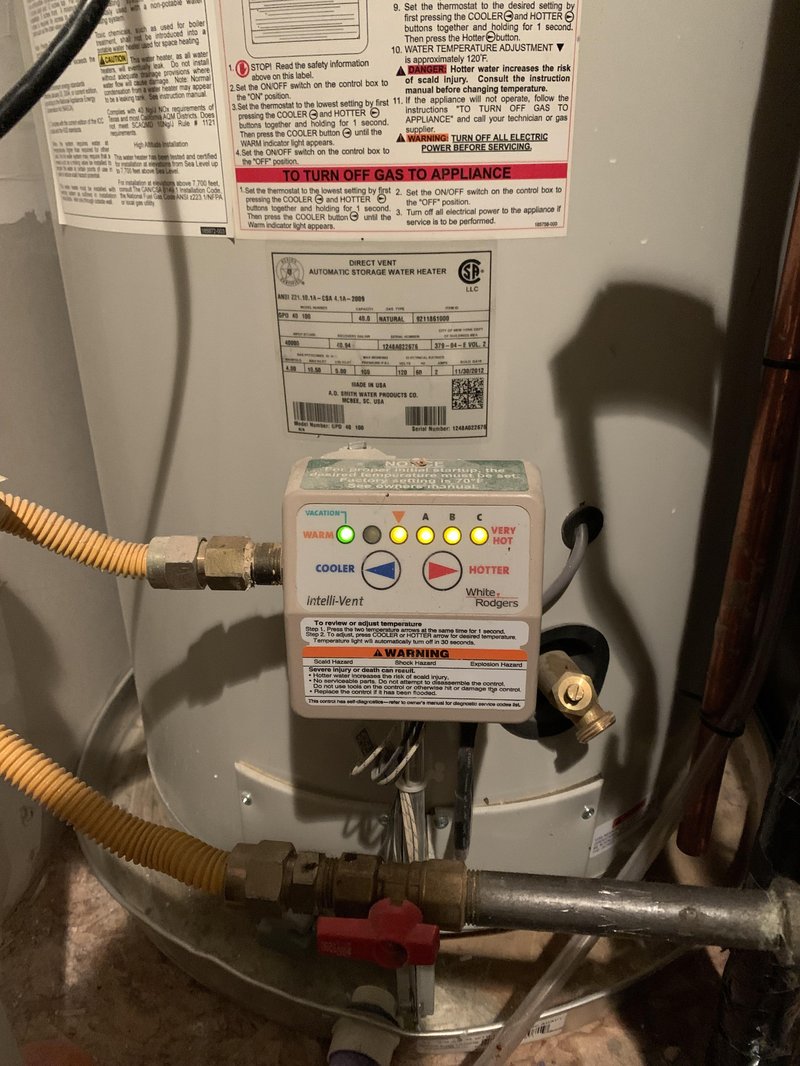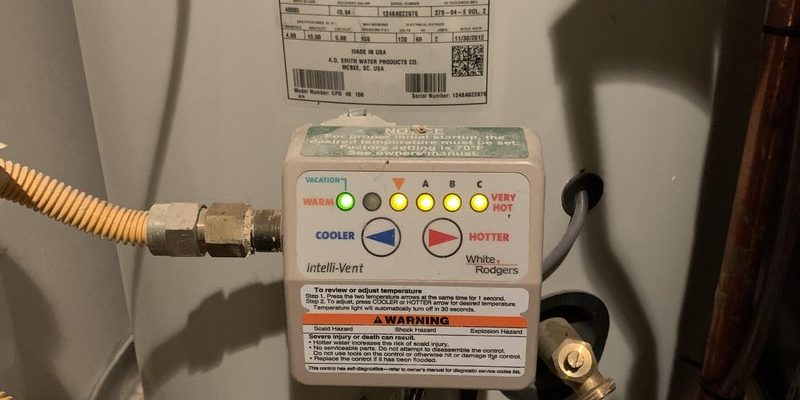
Here’s the thing about error codes, particularly the Kenmore water heater’s “Oe”: they’re like a car’s check engine light. They pop up to tell you something’s not quite right. Ignoring them might feel convenient in the short term, but it could lead to bigger problems down the road. The “Oe” code typically signals an issue with overheating protection, which could span from a simple fix to a more serious underlying problem. Let’s dive into what this means and why it’s crucial to address it sooner rather than later.
Understanding the “Oe” Error Code
The “Oe” error code on your Kenmore water heater is like a red flag on a racetrack, waving to tell you that there’s a potential issue with overheating. Overheating might sound dramatic, but it’s essentially your water heater saying, “I’m too hot to handle right now!” This could be due to a malfunctioning thermostat, a sensor fault, or even a buildup of sediment inside the tank.
Imagine your water heater is like a kettle. If you keep letting it boil over and over without addressing why it’s overheating, you not only risk damaging the kettle but also wasting energy. The same principle applies here. An unchecked “Oe” error can lead to inefficient water heating, higher energy bills, and potential damage to the heater itself. And nobody wants to deal with an unexpected cold shower or a costly repair bill, right?
Now, you might be wondering, “Is this something I can handle myself?” Well, understanding the problem is half the battle. Sometimes, the solution can be as simple as resetting the system or replacing a faulty part. But before you rush to the toolbox, let’s explore what might be causing this error in the first place.
Common Causes of the “Oe” Error Code
So, what’s really going on under the hood when that “Oe” error appears? One of the most common culprits is sediment buildup. Over time, minerals in your water can settle at the bottom of the heater, much like silt at the bottom of a pond. This sediment acts as an insulator, causing the heater to work harder and overheat. It’s like trying to boil water with the flame barely touching the pot, leading to inefficiency and potential overheating.
Another possible cause could be a malfunctioning thermostat. Think of the thermostat as the brain of your water heater, constantly gauging the water temperature and signaling when to stop heating. If this component fails, the water could heat past safe levels, triggering the “Oe” warning. It’s akin to a broken thermostat in your house on a scorching day—it just won’t stop cranking out heat.
Lastly, wiring issues or faulty temperature sensors can also lead to this error. Imagine if you were driving with a broken speedometer; you’d have a hard time judging how fast you were going. Similarly, if the heater’s sensors are off-kilter, it might misjudge the temperature and overheat.
Steps to Address the “Oe” Error Code
Now, let’s tackle how to address this error code effectively. First, if you feel comfortable, try resetting your water heater. This can sometimes clear up minor glitches, much like rebooting a computer when it’s acting up. Most Kenmore models have a reset button—usually red—on the unit; press it, and see if the code persists.
Should the code linger, it could be worth your time to inspect for sediment buildup. If you’re a DIY enthusiast, flushing the tank might solve the problem. This involves turning off the unit, attaching a hose to the drain valve, and letting the water—and sediment—flow out. Think of it like giving your heater a detox, clearing out the gunk to improve performance.
However, if you suspect thermostat issues or lack the confidence for DIY repairs, it might be wise to bring in a professional. A trusted technician can diagnose the problem accurately and replace any faulty parts. Spending a little on professional help now could save you from bigger headaches later.
Prevention Tips for Avoiding Future Errors
To prevent the “Oe” error from rearing its ugly head again, regular maintenance is key. Just like you’d maintain a car with oil changes and check-ups, the same care can extend the life of your water heater. Regularly flushing the tank—perhaps every six to twelve months—can keep sediment at bay.
Checking the thermostat settings can also help; ensuring they’re not set too high can prevent unnecessary overheating. And if your water heater is in a hard-water area, consider installing a water softener. This reduces mineral buildup, much like using a filter in your coffee machine to prevent calcification.
By keeping an eye on your unit and taking proactive steps, you can enjoy reliable hot water without the unexpected interruption of error codes. Remember, a little attention now can ward off bigger problems in the future. Stay warm, stay informed, and keep that hot water flowing smoothly!
